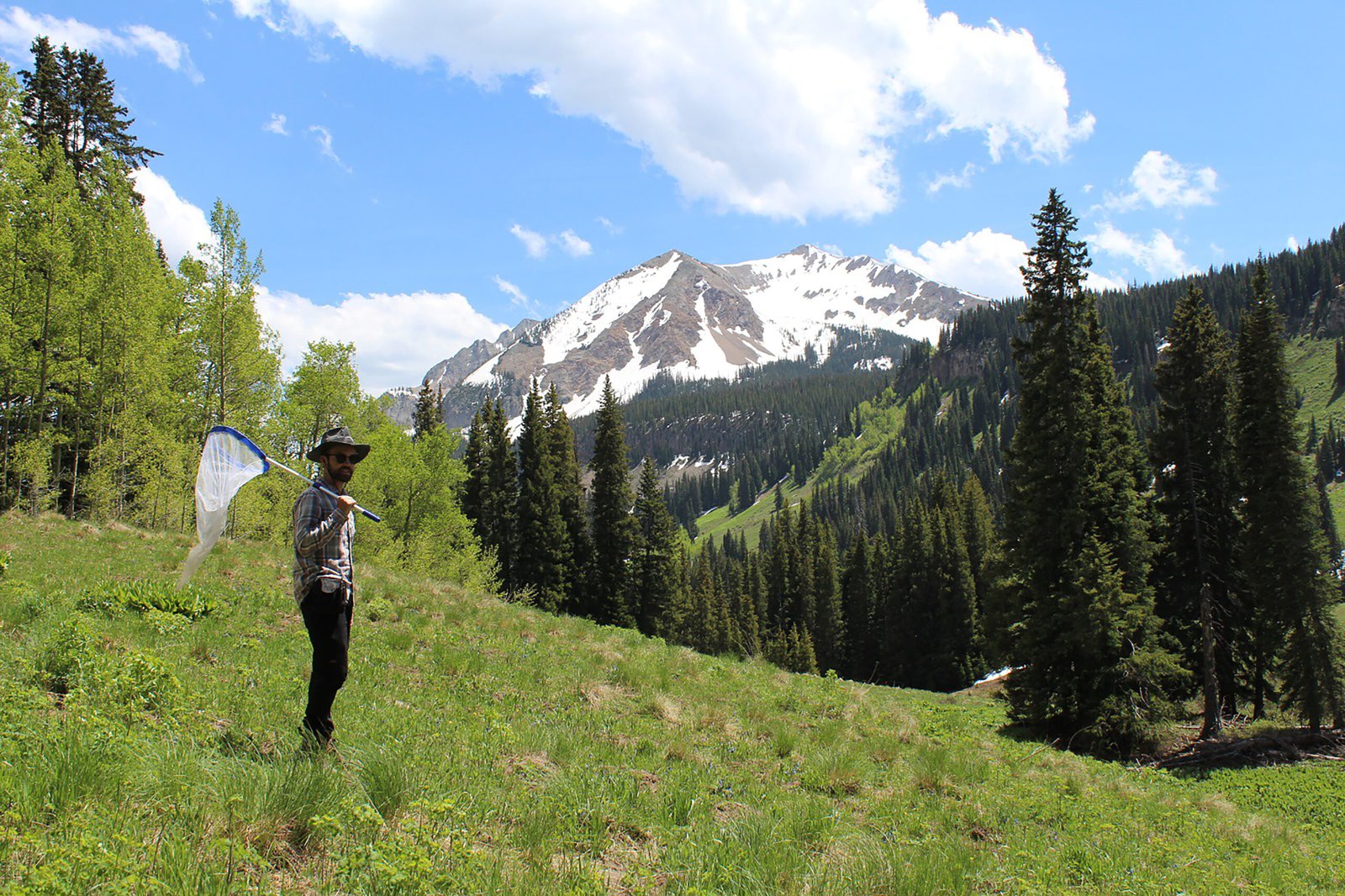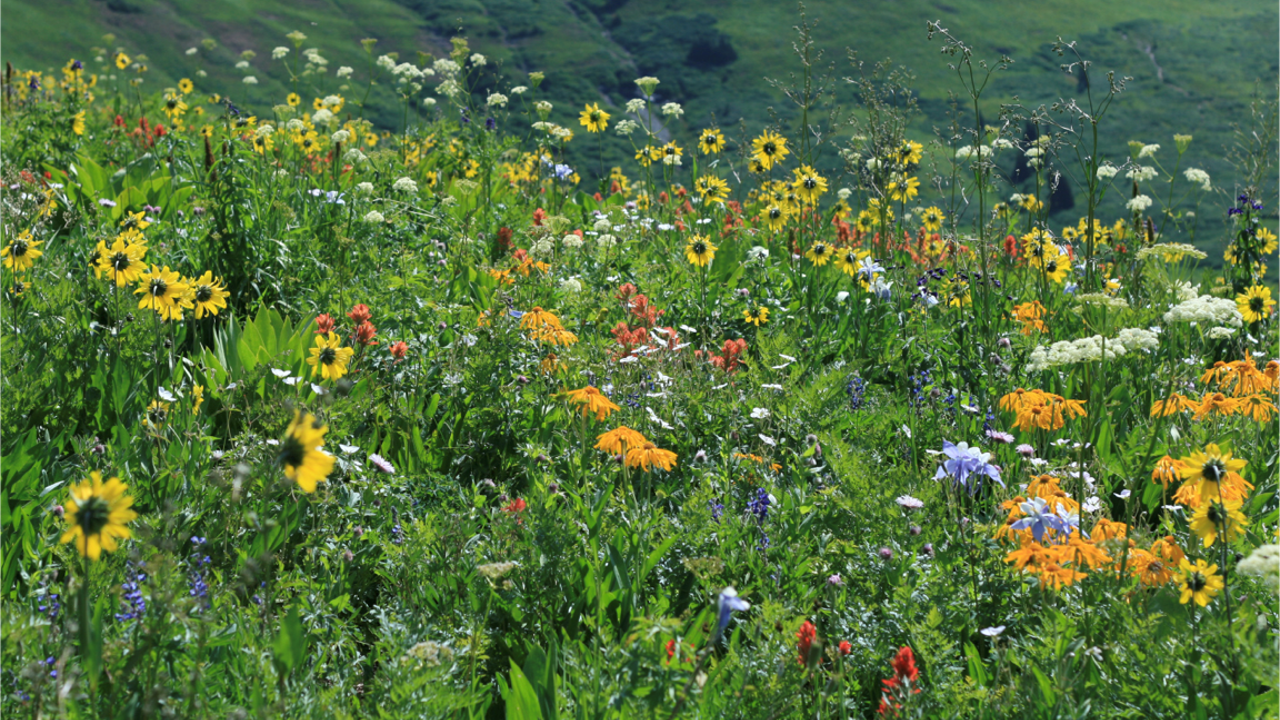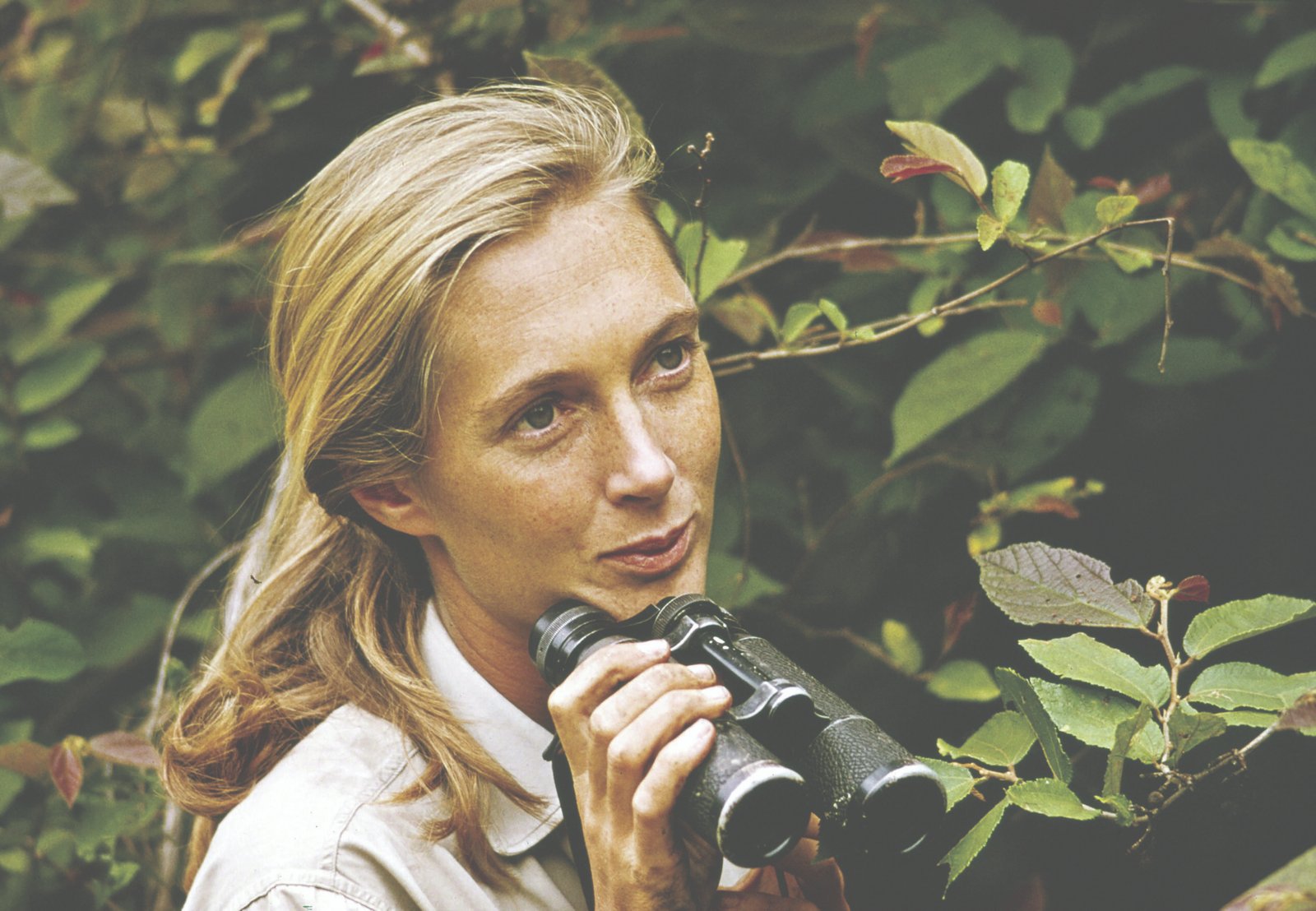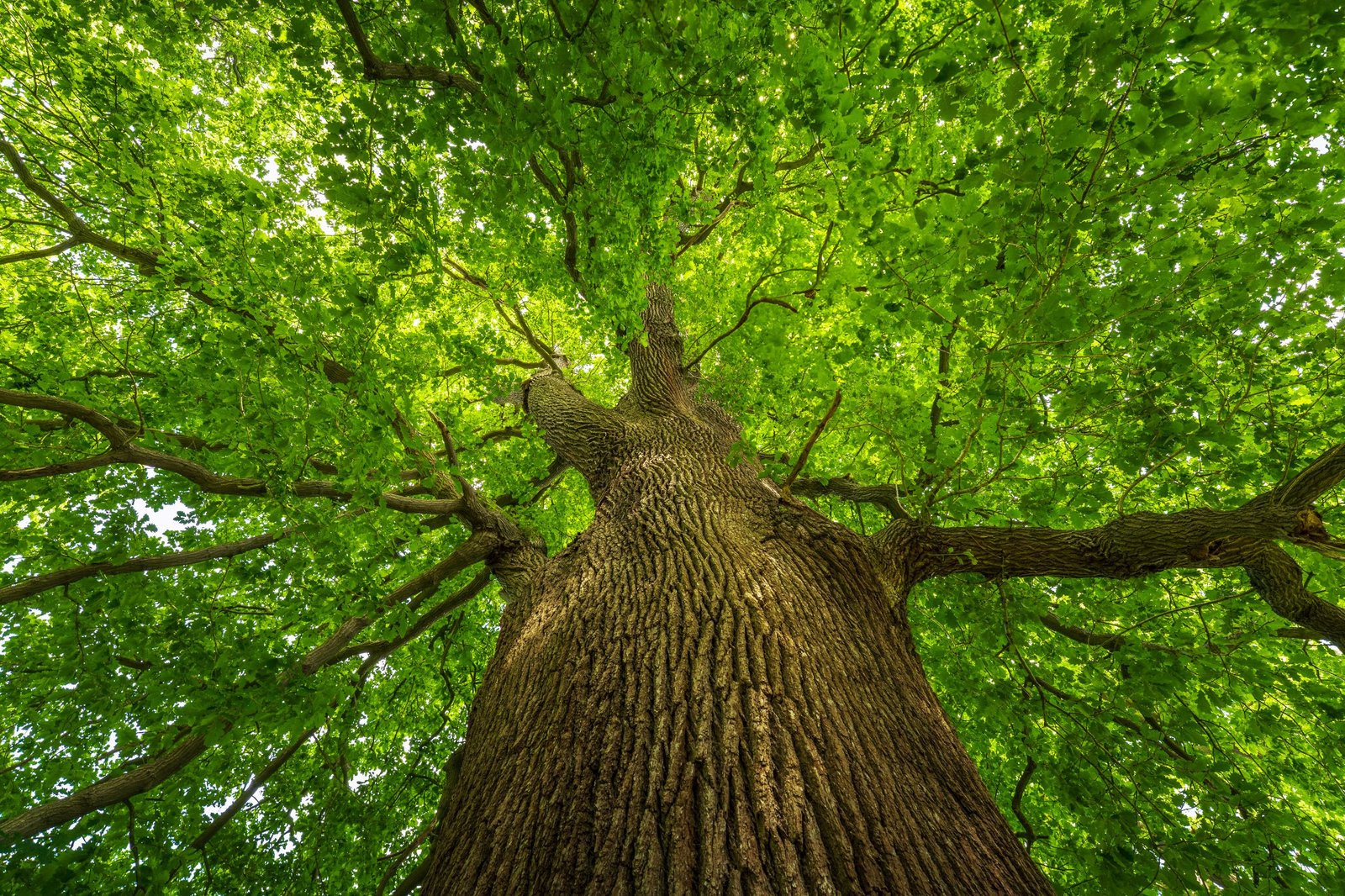Forget the idea of bees randomly winging it from flower to flower. These fuzzy foragers aren’t just buzzing around—they’re tracking their macros like pros. Recent research reveals that wild bumblebees adjust their diets to meet specific nutritional needs for protein, fat, and carbohydrates, making them nature’s original macro-trackers.
In the first long-term study of bumblebee nutrition in the wild, a team of ecologists tracked eight species of bumblebees over a period of eight years at a field site in the Rocky Mountains, Colorado, USA.
The researchers carefully observed which flowers each species of bee gathered pollen from. They then collected samples of the pollen to study its nutrient content, working out the concentrations of protein, fat, and carbohydrates for 35 different plant species.
Protein made up only 17 percent of the pollen from some flowers, while for others it accounted for as much as 86 percent.
“All pollen contains protein, fats, and carbs,” said Justin Bain, the study’s first author. “But each type of pollen has a different mixture of these macronutrients. Some are very high in protein, like a steak. Others are more like a salad. So, the nutritional profiles are very, very different.”

Justin Bain, the study’s lead author, looking for wild bumble bees at a field site in the Colorado Rockies. Credit: Paul CaraDonna
The researchers then compared the diet of each bee species with their physical characteristics, such as tongue length, and with seasonal changes in the availability of flowers. They noticed clear patterns.
They found that the eight bee species fell into two distinctly different groups. Bees with bigger bodies and longer tongues favoured protein-rich pollen that’s lower in fats and sugars. Shorter-tongued bees preferred pollen that’s higher in fats and carbohydrates and lower in protein. This seems to relate to the length of the bee’s tongue affecting which flowers it can access. While these different species share the same space, their different feeding patterns mean they largely avoid competing with each other.
Major seasonal changes were also observed in pollen’s nutrient content. For example, the pollen of spring flowers was found to be higher in protein, while that of flowers in late summer was higher in fats and carbohydrates. This change in protein content was also found to be in sync with the nutritional preferences of bees over the course of the season.
“Queen bees emerge in the spring to establish their colonies,” Bain said. “They forage when the snow first melts, collecting protein-rich pollen for themselves and their first brood. Later in the summer, worker bees take over foraging, and half of the species shifted toward pollen with less protein and more fats. Seeing these clear transitions between queens and workers was especially striking, and it highlighted how differently species meet their nutritional needs across the colony life cycle.”
Wild bumblebees primarily consume two foods from flowers: nectar, which is sweet and syrupy, and pollen, which is rich in fats and proteins. Adult bees get short bursts of energy from sipping nectar. They also gather pollen for their brood to help them grow. Worker bees collect pollen from different flowers, carrying it home to their young in special “baskets” on their hind legs.

A meadow near the field site with many different flowering plants, illustrating an example of a nutritional landscape for wild bees. Credit: Jane Ogilvie
Around the globe, pollinator populations are facing a range of threats, including pesticides, loss of habitat, poor nutrition, and climate change. These findings have practical implications for gardeners, land managers, and conservationists. Supporting pollinators isn’t just about planting more flowers—it’s about planting the right mix. By choosing species that offer a range of macronutrient profiles across the seasons, we can help bees meet their changing dietary needs.
Whether you’re planting a window box or restoring a meadow, consider including a variety of native plants that bloom at different times and offer diverse pollen profiles. It’s a simple shift with a powerful ecological impact.
“Despite the general importance of wild pollinators, especially bees, we know very little about their nutritional needs,” said the study’s senior author, Northwestern University’s Paul CaraDonna. “Given widespread pollinator declines that have been observed around the globe, this knowledge gap is surprising and concerning. Our research provides some of the best information yet on the availability of nutritional resources found in wildflowers and how pollinators use these resources. We can incorporate this work into our thinking about garden design, so we can select the right flowers that best support the nutritional needs of wild pollinators.”
CaraDonna is an expert on plant–pollinator interactions and an adjunct associate professor in the Program in Plant Biology and Conservation, a partnership between Northwestern’s Weinberg College of Arts and Sciences and the Chicago Botanic Garden.
Justin Bain is a recent Ph.D. graduate from CaraDonna’s lab group. This study was part of his dissertation. It was published on 26 August in the Proceedings of the Royal Society B: Biological Sciences.
_ultp_aci_ic_arrow_bottom_circle_line_ultp_aci_ic_end_ Article Sources https://royalsocietypublishing.org/doi/10.1098/rspb.2025.0643 For bees, diet isn’t one-size-fits-all: For Journalists – Northwestern University





